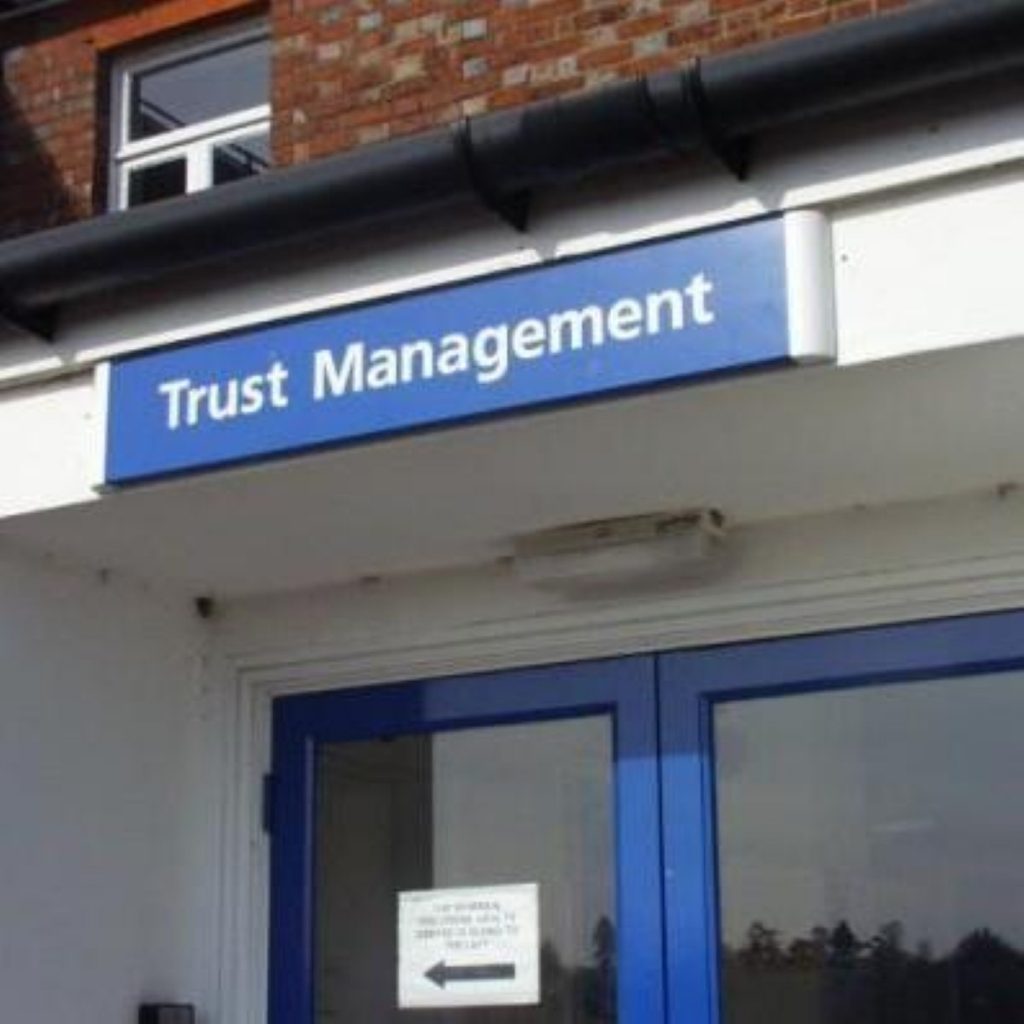Robot ‘transforms’ heart bypass surgery
The UK’s first key hole heart bypass operation has been carried out at St Mary’s Hospital in Paddington, demonstrating that this less invasive technique is a viable alternative to traditional open heart surgery.
Mr Roberto Casula and his colleagues made only four small incisions in their patient’s chest through which pencil width robotic arms, controlling cameras and instruments, were inserted to gain access to the beating heart.
The team successfully removed a healthy artery from the chest cavity and grafted it onto the heart to circumvent the blocked artery, but undertook this traditional bypass technique without cracking open the chest of their 72-year-old male patient who was discharged just four days after the
operation.
This approach brings a plethora of advantages for the patient, Mr Casula explained, “including just a small amount of scarring, less pain (and use of pain killers), a reduced chance of post-operative infection and blood transfusion and importantly, quicker mobilisation speeding along a good
physical and emotional recovery,”


Intuitive Surgical, who designed the da Vinci system, was encouraged by the Pentagon in the hope of developing a remote method of conducting operations on injured soldiers in the field.
While telemedicine of this complexity is some way off, and restricted by the speed of computer connections, the technique used at St Mary’s saw the surgeon seated feet away from the patient, operating from a console.
The arms of the robot are operated by the surgeon’s fingers, and are placed in Velcro rings and connected to a controller, which transfers the physical commands to the instruments inside the patients’ chest.
Da Vinci actually improves on the capabilities of its human operator by exaggerating his range of motion and eliminating tremors. Together with greatly magnified three-dimensional images, the system theoretically provides more accurate and precise surgery.
While the hospital has enjoyed a 100% success rate on the few patients treated using this technique so far, the surgeon points out that not all of the 25 000 people in Britain requiring coronary artery bypass each year are suitable, as the robot has only been used to carry out single vessel bypass so far.
“But we have high hopes of increasing the use of the system in the near future,” adds Mr Casula.
The system has already been used successfully in the US and Europe, and has also been used in abdominal, cardiac, oesophageal and urological procedures.












